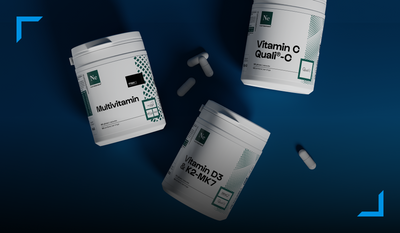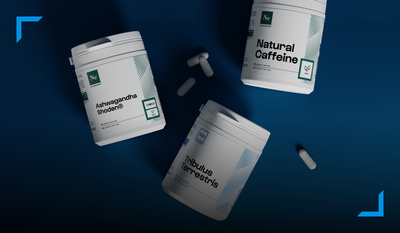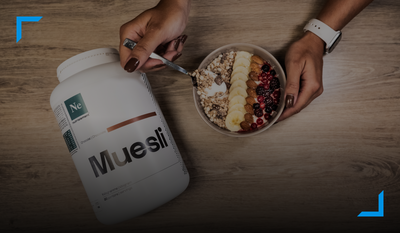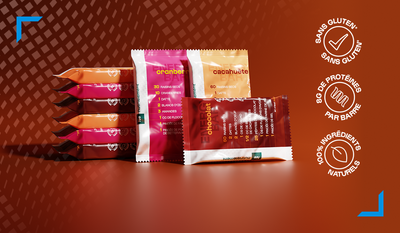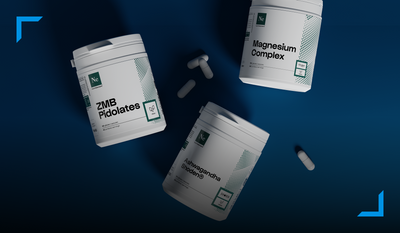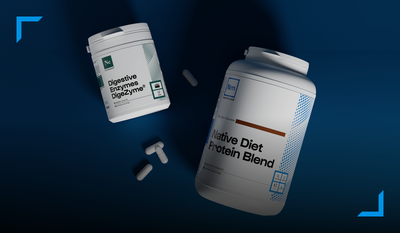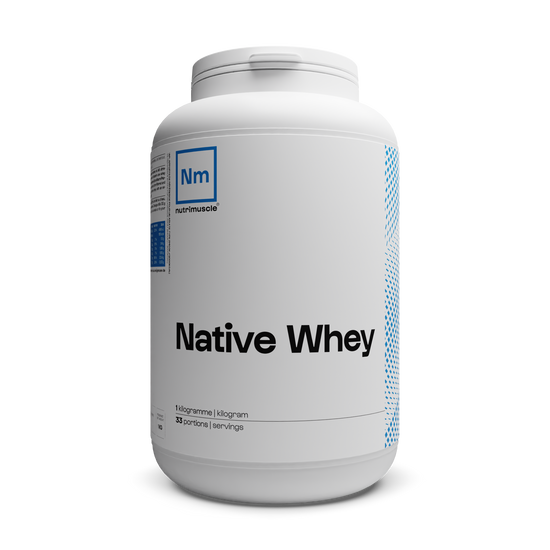0 commentaires
Fat-fighting impacts of different protein powder sources
Food choices will greatly influence our ability to gain or lose fat. It has long been said that a calorie is a calorie and that with equal caloric intake, all diets will provide comparable fat loss. A new study shows that nothing is more false than this ancient belief.
Both men and women received either a high-protein meal (50% of calorie intake) or a high-carb meal (95% of calorie intake) (1).
The thermogenic effect (caloric waste in the form of heat) of proteins was 14% against 6% with carbohydrates, i.e. half as much. The oxidation (burning) of fats reaches 16% with proteins against 11% with carbohydrates.
Bottom line: eating protein wastes more calories and burns more fat than eating carbohydrates. So, with equal caloric intake, we will lose weight more quickly thanks to proteins.
But the study does not stop there. It also shows that some proteins are more effective than others. Thus, the subjects received either whey, casein or even soy protein.
Whey protein has the strongest thermogenic effect of all proteins; it is 20% superior to casein. The latter is much more effective than soy, which is the worst protein.
For the anti-fat action, whey, with a potency 8% higher than that of casein is, again, the best. Casein, however, is 10% more effective than soy, which still comes last among proteins.
Regarding the elevation of the level of blood amino acids, this study confirms the fastness of whey, the slowness of casein and the mediocrity of soy.
Thus, one hour after taking whey, the level of essential amino acids in the blood is 13% higher than with casein. Two hours after intake, the level of amino acids is 17% higher with whey than with soy. The level of amino acids drops back to normal 5 hours 30 after taking whey and soy.
One might have expected that with a lower soy-induced high, the latter would produce a prolonged effect. But, despite a lesser ability to rapidly raise the level of amino acids in the blood, the effect of soy remains short-lived. On the other hand, with casein, the level of amino acids remains high, even after 5.5 hours, which testifies to the long-lasting impact of this protein.
A second study looked at the long-term effect of whey on fat loss. Adults, men and women, received a classic, so-called "balanced" diet or a diet enriched with whey isolate for 8 weeks (2).
In both cases, the caloric intake was the same.
Thanks to the whey, the subjects lost 9.7 kg against 6.1 kg with the "balanced" diet. Fat loss amounts to 8.77kg with whey compared to 5.45kg with the classic diet, i.e. a difference in efficiency of 61% between the two diets.
But the most striking thing is the targeting of fat elimination zones thanks to whey. The latter concentrates the loss of centimeters on the stomach with 57% greater efficiency and on the thighs with twice the efficiency of the classic diet.
Scientific references
(1) Acheson KJ. Protein choices targeting thermogenesis and metabolism. Am J Clin Nutr 2011;93 525-534
(2) Aldrich ND. Varying protein source and quantity do not significantly improve weight loss, fat loss, or satiety in reduced energy diets among midlife adults. Nutri Res. 2011 Feb;31(2):104-12.




